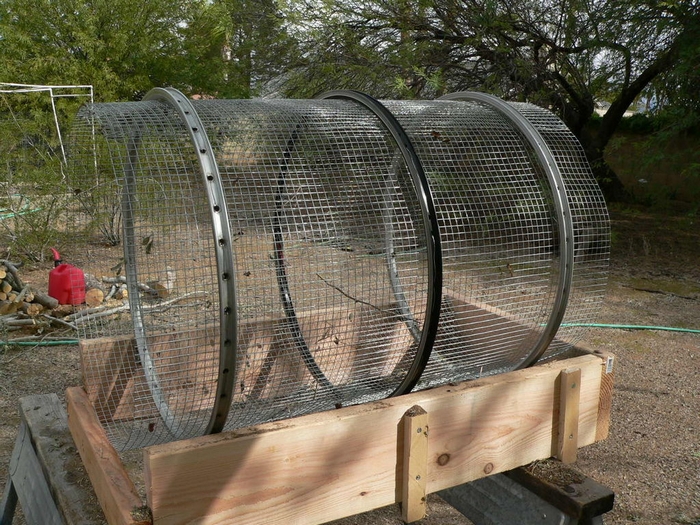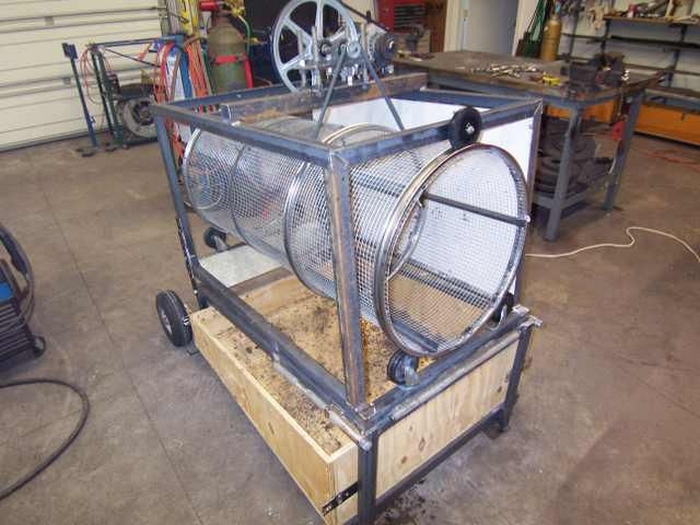Last Updated on March 5, 2024 by teamobn

Gardeners know the value of good compost. Everything you compost at home becomes a thriving habitat and nutritious fodder for an entire population of bacteria, bugs, worms, and fungi. What these organisms leave behind becomes nourishing fodder for plants.
This compost sifter will keep the course materials and debris out of your garden beds. You could also use it to sift garden mulch or even rocks out of the soil.

The average gardener or DIYer doesn’t need a full-size motorized sifter. This is a great alternative as it is smaller, easy to build, and affordable. The materials are mostly repurposed and can be easily found in your garage or local hardware store.
Although it’s made from salvaged materials, it’s really functional and operates like a motorized sifter. Load the compost or dirt, turn it manually, the fine materials pass through the screen, and the courser ones fall on the other end. Isn’t this a clever solution?

Do you make your own compost? This simple compost sifter will make your composting easier!
Click on any image to start the lightbox display. Use your Esc key to close the lightbox. ?






Materials:
- ½” Hardware Cloth
- 2 large surplus Bicycle Rims
- 4 Wheel Casters/Rollers
- Screws
- 8 feet of 2×4 Lumber
- Miscellaneous Wires – for connecting hardware cloth to the rims
- Plastic Coated #14 Household Electrical Wire
- Plastic Coated #18 Household Electrical Wire
Tools:
- Drill
- Table Saw
- Chain Cutter
- Tape Measure
How to Build Your Own DIY Compost Sifter
The fastest way is to cut them if you have some really strong wire or chain cutters. I used a really ancient fencing tool and that worked great!

My rims (inside) measured about 21.4 inches in diameter so multiplying 21.4 x pi gives me a 67.2-inch minimum length. Add about 4 inches for overlap of the seam and cut at about 71 inches. I used a standard 36-inch width hardware cloth.

Place the hardware cloth inside the rims and attach it with wires through the spoke holes.

I used plastic coated #14 household electrical wire. Make sure the wire on the outside of the rim is lying flat so that the rollers don’t jump over it.

Continued Page 2…








